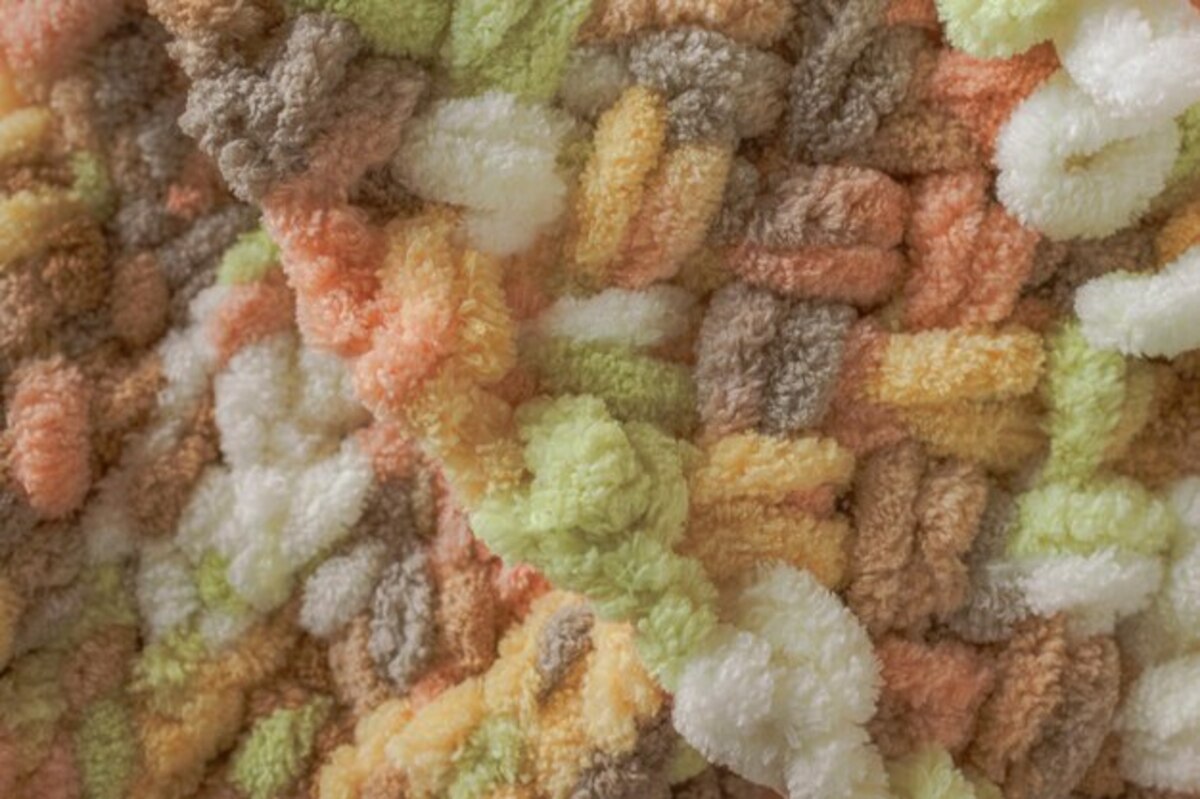Create charming rental spaces with colors and textures.

Create a cozy and appealing home that attracts tenants with a vibrant color palette and unique textures. In this article, you will discover how to transform rental spaces into charming places that not only captivate the eye but also generate a warm and inviting atmosphere. Learn to combine shades and materials to create an irresistible ambiance that makes your tenants feel at home from the very first moment. It's time to bring your spaces to life and maximize their potential!
The psychology of color in rental decoration
The psychology of color is a powerful tool in space decoration, especially in rental properties. Colors not only affect the aesthetics of an environment but also influence the emotions and behaviors of those who inhabit it. For example, warm tones like yellow and orange can evoke feelings of joy and energy, while blues and greens tend to create an atmosphere of calm and relaxation. By selecting an appropriate palette for your property, you can establish an environment that attracts specific tenants, helping them feel more comfortable and connected to their new home.
Additionally, the right combination of colors can highlight the architectural features of the space and maximize its brightness. Lighter colors can make a room feel more spacious and open, while darker shades can add depth and sophistication. It is essential to consider both the main colors and the accents; for example, a soft gray as a base can be complemented with cushions or decorations in vibrant tones to bring life to the space without overwhelming it. By applying these principles of color psychology in your decorative decisions, you will not only be creating an visually appealing environment but also an emotional refuge where your tenants feel welcome and inspired.
2. How to choose the perfect color palette for your space
Choosing the perfect color palette for your space is essential for creating an attractive and welcoming environment. Start by considering the purpose of the space and the feeling you want to convey. Warm colors, such as terracotta tones or soft yellows, can evoke a sense of warmth and happiness, while cool colors, like blues and greens, bring serenity and tranquility. Think about how each color can influence the mood of your tenants; for example, in common areas or living rooms, opt for shades that encourage interaction and well-being. Use digital design tools or physical samples to visualize how the colors will look together before making a final decision.
Once you have selected your base tones, consider incorporating accents with textures that complement your color palette. For example, if you choose a neutral base, you can add vibrant cushions or striking artworks to bring the space to life. Textures also play a crucial role; combining materials like natural wood with soft fabrics can create an appealing visual balance. Remember that lighting can significantly alter how colors are perceived; so make sure to test the combinations both with natural and artificial light. By carefully selecting your color palette and textures, you will not only beautify the place but also establish a cozy atmosphere where your tenants will want to stay.
3. Essential textures: how do they influence the perception of space?
Textures are a key element in creating spaces that not only look good but also feel inviting. The choice of materials such as wood, linen, velvet, or even ceramics can transform the perception of the space and add an additional dimension to the decor. For example, a soft rug underfoot can make a cold and desolate environment feel warm and cozy, while a wall with rough finishes can add depth and visual interest. Textures act as a bridge between the chosen colors and the overall feeling of the place, creating an environment where tenants can find comfort.
In addition to its aesthetics, textures have the power to influence how we perceive the functionality of a space. A velvet sofa can invite relaxation and rest, while harder, smoother surfaces can foster a more dynamic and active environment. The right combination of textures can also help define areas within the same space; for example, using soft cushions in a reading corner along with a rustic table in the center creates an attractive contrast that delineates areas without the need for physical walls. By integrating different textures into your design, you not only beautify the place but also guide your tenants towards specific experiences within the home.
4. Versatile furniture: the secret to maximizing style
Versatile furniture is key to achieving a dynamic and functional style in rental spaces. By choosing pieces that adapt to different needs, you can quickly transform a room according to your tenants' preferences. For example, a sofa bed not only provides a comfortable place to sit during the day but also becomes a practical option for hosting guests at night. Opting for extendable tables or stackable stools allows you to maximize space usage without sacrificing style. Thus, each piece serves multiple functions, which is essential in smaller spaces where every square meter counts.
In addition to their functionality, versatile furniture offers the opportunity to play with colors and textures to create an attractive environment. You can opt for pieces in neutral tones that serve as a base and then add colorful cushions or throws with different textures to bring the space to life. Natural finishes like wood or rattan provide warmth and a cozy touch, while metallic elements can add a modern and elegant air. This combination not only highlights your aesthetic sense but also allows your tenants to personalize their surroundings according to their tastes, making them feel truly at home from the very first moment.
5. Decorative accessories that make a difference
Decorative accessories are the finishing touch that can transform an ordinary space into an extraordinary one. Elements such as colorful cushions, textured throws, and wall art can add personality and warmth to your rooms, making them cozy places where tenants will want to stay. Choosing pieces that reflect the chosen color palette not only creates visual harmony but also invites comfort. A simple set of cushions with different patterns and textures can enhance a neutral sofa, while a uniquely designed lamp can become the focal point of a living room.
Don't underestimate the power of small details; vases with fresh flowers or green plants can bring life to any corner. Consider integrating cultural or handcrafted elements that tell a story and create a sense of emotional connection with the tenants. These unique touches not only beautify the space but also demonstrate attention to detail and care in the presentation of the home. By strategically thinking about decorative accessories, you can create an environment that is not only visually appealing but also warm and inviting, ensuring that your tenants truly feel at home.
6. Lighting: the art of highlighting colors and textures
Lighting plays a fundamental role in creating cozy and attractive environments. By highlighting colors and textures, light can transform an ordinary space into an exceptional one. Use a combination of natural and artificial lights to enhance the chosen tones on the walls and furniture. For example, floor lamps with soft shades can diffuse a warm light that embraces vibrant colors, while recessed lights can accentuate textures such as wood or exposed brick, creating a visual interplay that captivates those who enter the space.
Also, consider using different types of lighting for each area of the home. In spaces like the living room or dining room, choose general lighting that encourages spending time together, while in more intimate areas like bedrooms or reading nooks, add dimmable lights or table lamps that create calmer and more relaxing atmospheres. The key is to balance the light to highlight the best of your decorative choices without overwhelming the environment.
Finally, do not underestimate the power of bright details; decorative elements like mirrors can amplify natural light and add a sense of spaciousness to the space. Placing them strategically not only enhances functionality but also adds an appealing aesthetic touch. Remember that proper lighting not only highlights the vibrant colors and unique textures chosen but also helps create that inviting atmosphere essential for attracting potential tenants and making them feel truly at home.
7. Small spaces, big ideas: tricks to visually enlarge
When transforming small spaces into cozy places, the key lies in visual perception. Using light and fresh colors on the walls can make a room appear larger and brighter. Opting for shades like white, beige, or soft pastels not only enhances the sense of spaciousness but also provides a perfect canvas to introduce interesting textures through furniture and accessories. By choosing a sofa or a chair with rich fabrics and subtle patterns, you can create a contrast that maintains visual interest without overwhelming the space.
Additionally, mirrors are essential allies in the pursuit of spaciousness. Strategically placing a large mirror can reflect natural light and create the illusion of a second window, making any room feel more open. Combining this technique with smart storage solutions, such as floating shelves or multifunctional furniture, will maximize every corner of the space. With small tricks like these, you will not only visually enlarge your small areas, but also create a charming and cozy atmosphere that will quickly attract potential tenants.
8. Plants: a natural touch that transforms any room
Plants are an invaluable resource for revitalizing any room, adding a touch of nature that transforms the environment. Their presence not only adds color and texture but also improves air quality, creating a healthier and more welcoming space. From small succulents on shelves to lush indoor plants in corners, each variety can complement the chosen color palette and break the monotony of spaces. Incorporating natural elements like plants not only attracts tenants with their aesthetics but also offers them a connection to the outdoors, promoting a sense of well-being.
In addition to their visual beauty, plants are versatile and adapt to different decorative styles. You can opt for modern pots for a contemporary approach or rustic containers that add character to a more traditional setting. The key is to choose species that fit the available light and care level in the space; this ensures that these green allies thrive without additional effort. Including plants in your design not only beautifies the home but also tells a story, making each corner unique and memorable for future tenants. With these natural touches, you will be one step closer to creating the charming and cozy home that everyone seeks.
9. Simple renovations with great aesthetic impact
Simple renovations can radically transform the perception of a space, turning it into an attractive and welcoming place. One of the most effective ways to achieve this impact is through paint. Choosing fresh and vibrant colors for the walls can revitalize a room, while neutral tones in common areas allow tenants to personalize their environment with their own decorative touches. Additionally, adding elements like moldings or painted baseboards can bring elegance without the need for large investments or complicated remodeling.
Another fundamental aspect is textures, which add depth and visual interest to any room. Incorporating lightweight curtains or shades in different materials can enhance the brightness of the space while creating a cozy atmosphere. Likewise, the use of rugs or tapestries not only defines specific areas within the home but also adds warmth and comfort. Consider integrating furniture with matte or glossy finishes to play with contrasts and create a unique style that makes tenants feel truly comfortable in their new home.
10. Final tips to keep your space always appealing
To keep your space always attractive, it is essential to perform regular maintenance and pay attention to details. A well-maintained home not only enhances aesthetics but also projects a sense of professionalism and commitment to your tenants. Consider scheduling periodic deep cleanings, checking electrical and plumbing systems, and ensuring that the furniture is in good condition. Small touches, such as replacing light bulbs with LED options that provide warm light or adding fresh plants, can make a significant difference in the perception of the space.
Additionally, update the decor occasionally to maintain the interest of current and future tenants. This can be as simple as changing some pillows or curtains for new versions in trendy colors, or adding decorative pieces that reflect current trends. It is also helpful to gather feedback from your tenants on what they would like to see improved; this not only creates a collaborative environment but also allows you to make adjustments based on their preferences. With these final tips in mind, you will be well-equipped to create a charming and welcoming space that is always appealing to those who inhabit it.



